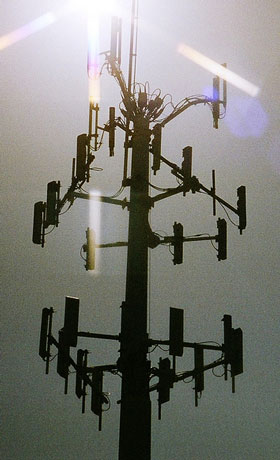 Two of the UK’s biggest mobile operators, Vodafone and O2 (owned by Spain’s Telefonica), have announced they will pool infrastructure in a bid to reduce costs and build a platform for next-generation long-term evolution (LTE) networks in a move that could point the way for SA operators to build their own LTE infrastructure.
Two of the UK’s biggest mobile operators, Vodafone and O2 (owned by Spain’s Telefonica), have announced they will pool infrastructure in a bid to reduce costs and build a platform for next-generation long-term evolution (LTE) networks in a move that could point the way for SA operators to build their own LTE infrastructure.
In terms of the agreement, Vodafone and O2 will merge all their infrastructure into a new company called Cornerstone Telecommunications Infrastructure.
The two companies will have access to a single grid of 18 500 masts, providing an increase in the number of sites of 40% for each operator.
Jeremy Green, principal analyst at Ovum provides the following perspective, describes the move as “entirely sensible”, adding that the research and analysis firm predicted in 2008 that most countries would end up with only two physical LTE networks.
“It follows on from the merger of T-Mobile and Orange in the UK into Everything Everywhere,” Green says. “If Vodafone and Telefonica had not also embraced sharing in this way they would have been at a competitive disadvantage. As it was, they were able to build on and extend the relationship that they already had through Cornerstone, their existing joint venture. This sets them up well for the 4G roll-out and will help them catch up on 2G/3G roll-out, too.”
He says both operators stress that it has no implications for their relationship elsewhere, and that they will continue to compete on services. “This move follows the logic of network economics and technological possibility, and is what the near future is going to look like.”
In SA, mobile operators are being encouraged to share infrastructure, especially in rural areas, when they deploy their own LTE networks. However, roll-out of the networks has been delayed because spectrum in the crucial radio frequency bands below 850MHz has not yet been allocated due to delays in migrating television broadcasters out of the bands.
MTN, in particular, says it is itching to deploy a commercial LTE network but can’t because it doesn’t have the spectrum it needs. The operator is running a trial LTE network using a portion of its current allocated spectrum that it has “refarmed”. — (c) 2012 NewsCentral Media
- Image: Adam Freidin/Flickr




